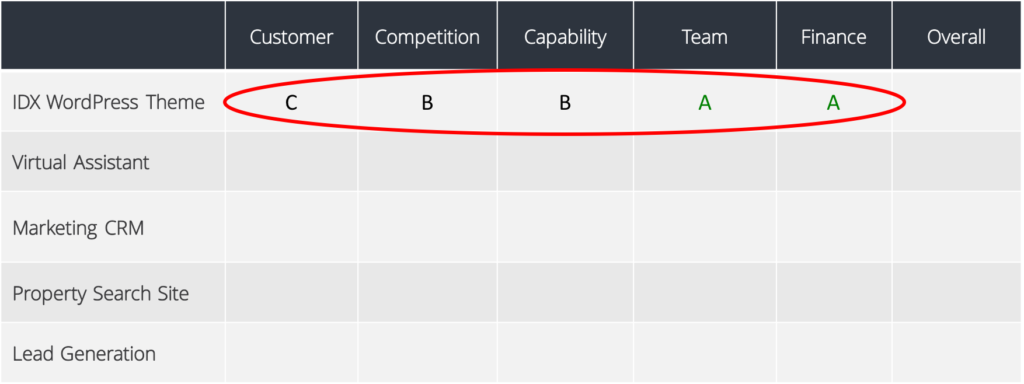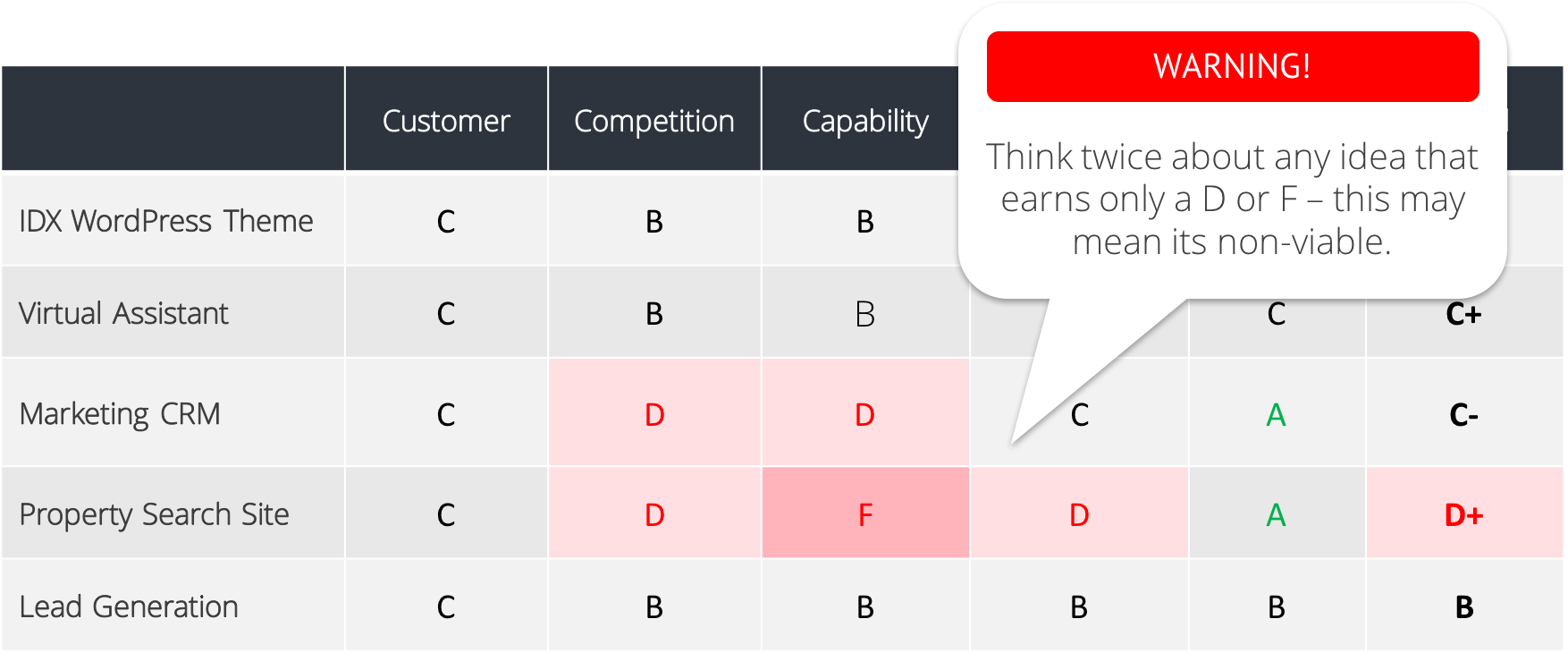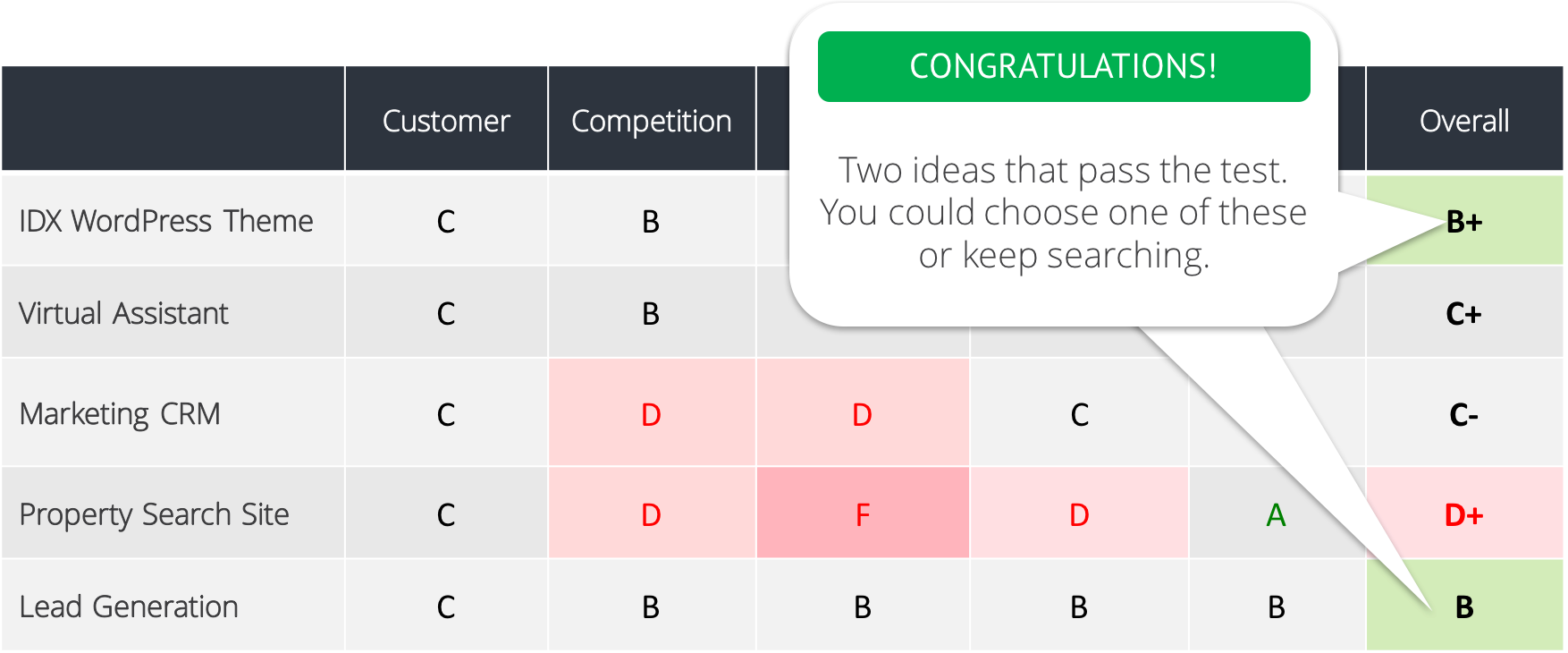Startup Opportunity Discovery
A systematic approach to identifying the best startup opportunities
Rather than relying upon luck or inspiration to make an important decision about what you will spend the next several building, we felt it was important to define a more systematic approach to discovering opportunities. There are two primary steps to the process, driven by two of the conceptual models that we describe here – the Business Model Archetypes, and Opportunity Heuristics.

The application of these two models provide frameworks for ideation and opportunity evaluation respectively. Putting these two applied frameworks together provides a comprehensive solution to opportunity discovery – something we call the Opportunity Discovery Framework (ODF).
Startup -vs- Product Opportunity Discovery
In a separate article, I describe the steps to understand customers, competitors, and capabilities, in order to understand the context and ultimately define a product vision. That process is generally known as Product Opportunity Discovery. What I’m describing here is a bit different insofar as we’re blurring the lines between business strategy and product strategy, to try to understand at an even broader level, what the market opportunities are for a new business. Consequently, we’re casting a very wide net and using models like the Business Model Archetypes to thing of fundamentally different types of startup businesses we can create. The Product Opportunity Discovery principles absolutely apply to startup products as well once we advance to that step — but it’s worth explaining that this is a proceeding step I’m describing here.
Ideation
In this first exercise we are going to make a list of vertical markets that we’re interested in serving. From an opportunistic perspective, you may want to weigh the options from several different verticals to see how they stack up. Or, if you already have deep investment or subject matter expertise in a particular vertical market, think instead of 3-5 roles within that broader vertical market that you could serve. For this example, I’m going to assume we are planning to go into the specific field of real estate. I’m going to consider serving a few different roles to begin:
• real estate, agents
• real estate brokers
• property managers
Next, I’m going to create a matrix and place those roles that I may want to serve along the Y axis. I’ll place the 7 business model archetypes (fundamental types of businesses) across the X axis. My goal now is to think of ways that I could serve each of these three roles with a business that fits each of the 7 archetypes. If you’re not already familiar with the 7 business model archetypes, please review them so that you can apply this concept.
In reality, you may know at the outset that a handful of the models may not be a good fit, so you can cross those out from the beginning. For example, a software engineer may be very good at creating products but not as good at the act of trade and networking with suppliers and performing in-person sales, so they may chose to cross that out. And, you cannot expect to start by being an ecosystem business; that’s something you grow into and trying to be that from day one is going to spread your efforts too thin, so you can cross that out as well.
Once done, you should have a matrix that looks something like this:

The next step is simply to fill in each section on the matrix, until you’ve come up with a way to serve each of these roles, with each of the business model archetypes. Here is an example:

Evaluation
Once you have come up with a grid of ideas, it is time to begin testing whether they are viable. To aid in this process, we’ve developed the Startup Heuristics model, which is a collection of 18 startup principles that account for strategic strengths and vulnerabilities that you should be thinking about early on. By accounting for these things through early on, and comparing ideas along the same criteria, you can improve your odds of success, by spending less time “pivoting” and less time chasing ideas that you could have anticipated were unlikely to succeed.
Our first adaptation of the Startup Heuristics is the Product Opportunity Scorecard, which provides an easy instrument to grading an opportunity’s proficiency across 6 primary sections (3 heuristics per section):

This same scorecard concept is best applied to the ideas we’ve come up with, in the form of what we call the Product Opportunity Evaluation Matrix (POEM), so that we can easily grade and compare multiple ideas. We end up with something like this:

After you fill out the self-assessment grades for each idea, across each eligible archetype, take a closer look for anything that rated low (D or F). These are clear red flags and you probably shouldn’t proceed with an idea that has even a single D or F, unless you’re able to restructure the idea in such a way that it is more viable. And therein is one of the best parts about objectively grading an opportunity in this way early on – it can quickly surface challenges you might not have thought about, had you not been looking at it critically, and it may be something easily fixed, which could translate to real time and cost savings down the road.

Now you’ll look at the overall score for each idea and pick the top 1-3 ideas that you can begin define at a deeper level and seek feedback for market fit.
Vision Definition
In the above example, it is really not terribly clear that one idea is significantly stronger than another. In such a case, and assuming none of the ideas have any glaring holes (D or F score), you’d want to pursue the 2-3 ideas that are all in close proximity near the top, not just one. For the purposes of demonstration, however, we’re going to choose just one idea. We’re going to work through defining the idea more explicitly using the Startup Vision Definition worksheet that we’ve put together.
After you’ve spent the time to concisely identify answers to the key questions on the vision definition worksheet, the last step is to compose your 1-2 sentence vision statement, based upon the answers you’ve provided. You’ll want to answer the basic questions of what you’re building, who you’re building this for, why it’s of value to them, and how it will solve a problem for them in a differentiated way. Below is the Product Vision template that I frequently use with new products.
Validation
It is finally time to begin the Lean process of validating market it for your proposed startup. Approach this effort in two steps: First, simply start socializing these ideas, asking customer prospects, advisors, and possible investors whether it is an idea they would support. You may consider developing wireframes or even a clickable prototype with tools such as Axure if it is helpful to demonstrate the concept and get better early feedback. It is much more efficient to receive feedback now before you start building something. If feedback from that initial ‘learning loop’ is positive then you’re ready to finally invest in building that Minimal Viable Product (MVP) and validate that customers really will engage with you offering, and hopefully even pay to use it!

Summary
The Startup Opportunity Discovery Framework is an applied set of tools based on the Business Model Archetypes and Opportunity Heuristics conceptual models. The Ideation Matrix is a tool for identifying a way to service identified areas of interest, for each fundamental business model. Those ideas can then be graded against the 18 opportunity Heuristics, using the Product Opportunity Evaluation Matrix. Ideas with significant flaws are discarded the top overall ideas are further developed into formal startup visions. The startup vision with a cohesive elevator pitch is the hypothesis you will then plug into the Lean process for validation. The goal of this process is to improve the efficiency with which a startup will arrive at market fit, by taking the time to understand market dynamics and to propose well thought out, informed hypotheses, and to avoid the risk of endless/aimless iterations and pivots that can otherwise happen, with a less diligent approach.


